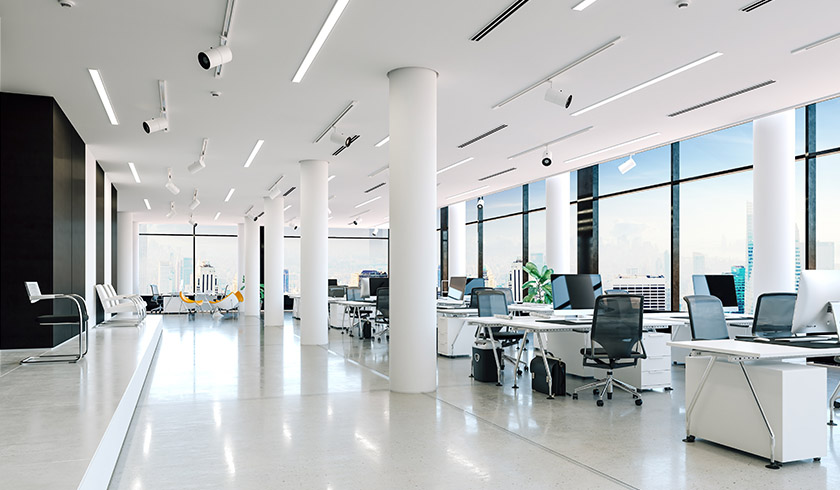Demand for office accommodation to soar over next 2 years
Despite 2020 being a tough year for commercial real estate, strong migration figures and a returning workforce are tipped to aid Queensland’s commercial real estate recovery, new research has revealed.

According to research by Colliers, Queensland’s commercial real estate is set to be well supported by net interstate migration, solid infrastructure programs and affordable housing that will continue to drive people north.
“Looking at the impact of net interstate migration on the different property asset classes, we have witnessed a resilient performance of the industrial and residential sectors in 2020; and this trend is expected to continue in 2021 with the need to fulfil residential supply for an increasing population,” Karina Salas, associate director research at Colliers said.
Office spaces
Based on Colliers’ analysis of Deloitte Access Economics economic forecasts, office jobs in Queensland will recover in 2021, which will support the office accommodation sector, albeit slowly over the next two years.
As jobs recover and people move back into the office following a vaccine rollout, white-collar employment is tipped to grow in regional and outer Brisbane areas.
After the outer Brisbane areas have recovered, demand is likely to swap to Brisbane’s CBD and near the capital region in 2022, as the city continues to go through its renewal process.
Retail
While the office space is one sector that is tipped to slowly recover from the pandemic, rising migration is also acting as a tailwind for the retail market.
Ms Salas points to an increase in consumer spending driven by an increase in population that will lead to new demand growth for industrial spaces.
“According to the latest Colliers’ Industrial Research and Forecast Report, for every $1 billion spent on online sales, approximately 85,000 sq m of warehouse space is needed, which is three times the amount of warehouse space required for traditional brick-and-mortar sales,” she said.
“Based on the increase in online retail sales of $12 billion in 2020, we estimate an increase in industrial demand across the country in the vicinity of ~1,020,000 sq m.”
Due to the support of a growing population, retail activity is expected to hold steady in Queensland particularly for neighbourhood retail centres and specific large format retail centres with a focus on fast food, home improvement, renovation, construction and technology.
“In 2020, investment sales over $5 million of Queensland neighbourhood shopping centres accounted for about 35 per cent of the state’s annual retail investment volumes,” Ms Salas said.
“Similar to global and national trends, other type of retail centres may continue to experience changes in the way business is conducted with an increasing omni-channel retail focus and conversion to mixed-use assets.”
